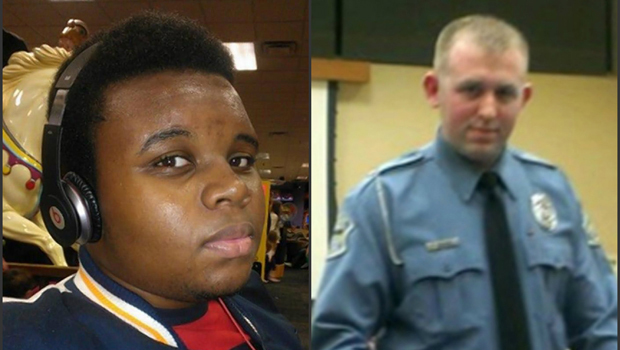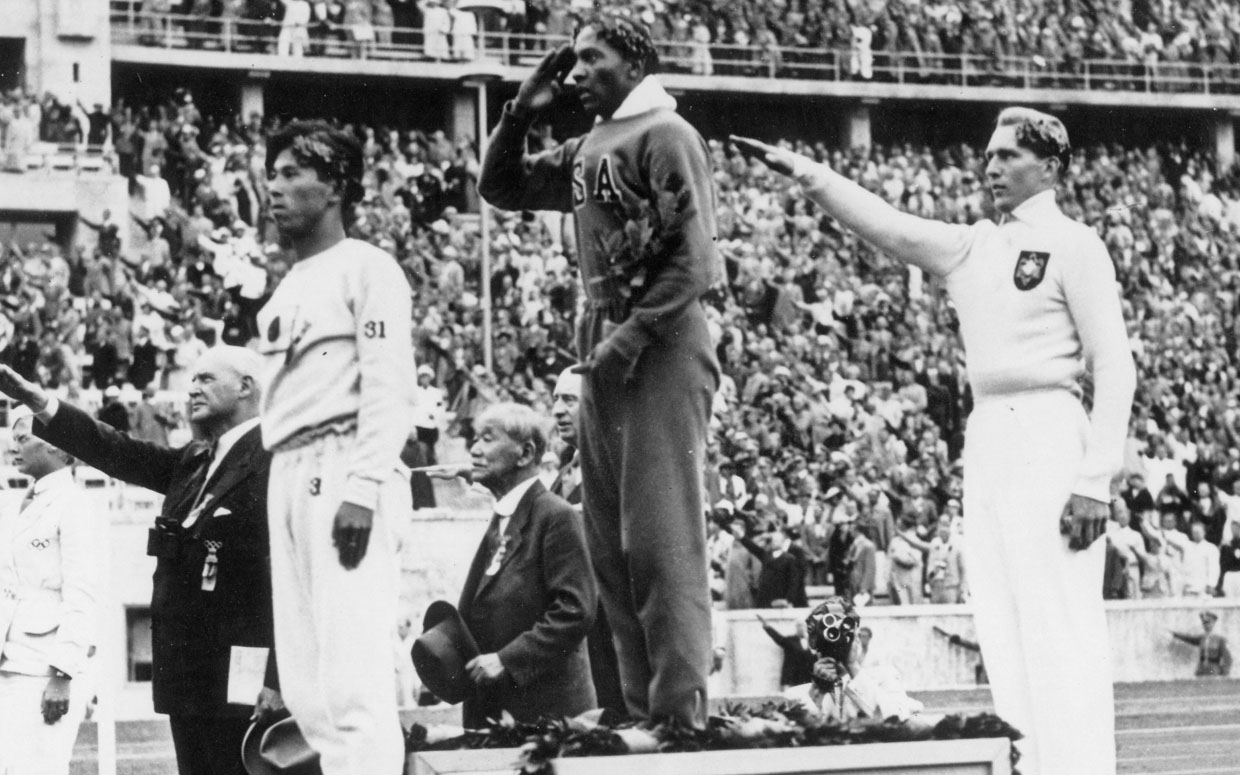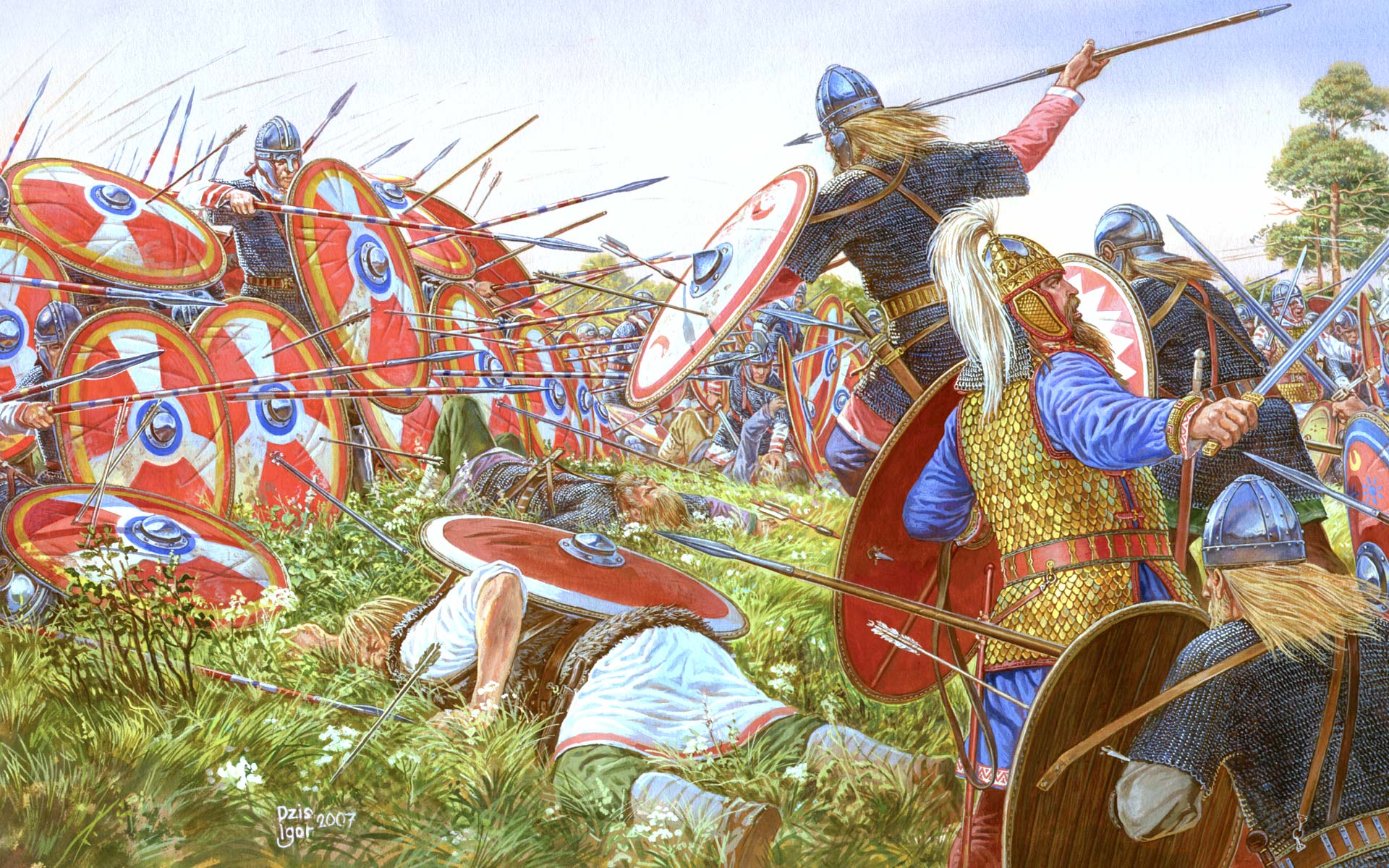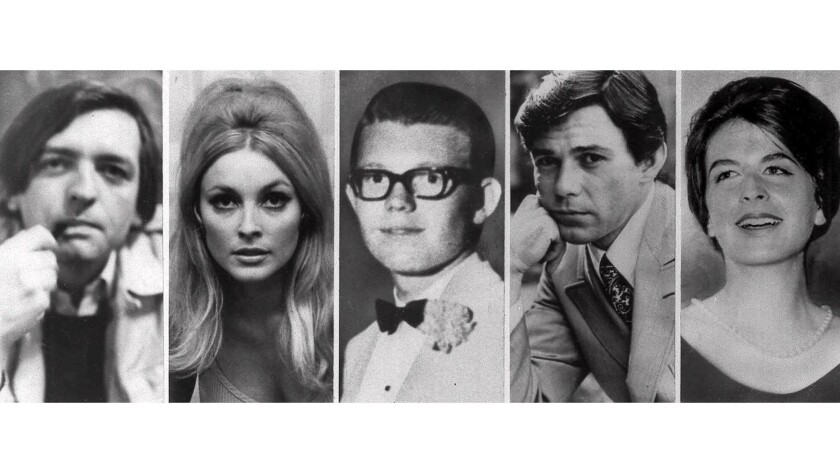
Gerald Ford becomes president after Richard Nixon resigns
In accordance with his statement of resignation the previous evening, Richard M. Nixon officially ends his term as the 37th president of the United States at noon on August 9, 1974. Before departing with his family in a helicopter from the White House lawn, he smiled farewell and enigmatically raised his arms in a victory or peace salute. The helicopter door was then closed, and the Nixon family began their journey home to San Clemente, California. Richard Nixon was the first U.S. president to resign from office.
Minutes later, Vice President Gerald R. Ford was sworn in as the 38th president of the United States in the East Room of the White House. After taking the oath of office, President Ford spoke to the nation in a television address, declaring, “My fellow Americans, our long national nightmare is over.”
Ford, the first president who came to the office through appointment rather than election, had replaced Spiro Agnew as vice president only eight months before. In a political scandal independent of the Nixon administration’s wrongdoings in the Watergate affair, Agnew had been forced to resign in disgrace after he was charged with income tax evasion and political corruption. In September 1974, Ford pardoned Nixon for any crimes he may have committed while in office, explaining that he wanted to end the national divisions created by the Watergate scandal.

BLACK HISTORY
2014
Michael Brown is killed by a police officer in Ferguson, Missouri
On August 9, 2014, police officer Darren Wilson shoots and kills Michael Brown, an unarmed Black teenager, in the street of Ferguson, Missouri, a suburb of St. Louis. Protests and riots ensue in Ferguson and soon spread across the country.
CRIME
1969
Charles Manson cult kills five, including actress Sharon Tate
On August 9, 1969, members of Charles Manson’s cult kill five people in movie director Roman Polanski’s Beverly Hills, California, home, including Polanski’s pregnant wife, actress Sharon Tate. Less than two days later, the group killed again, murdering supermarket executive Leno LaBianca and his wife Rosemary in their home. The savage crimes shocked the nation and turned Charles Manson into a criminal icon.

ART, LITERATURE, AND FILM HISTORY
1854
Henry David Thoreau’s “Walden” is published
Henry David Thoreau’s classic Walden, or, A Life in the Woods is required reading in many classrooms today. But when it was first published—on August 9, 1854—it sold just around 300 copies a year. The American transcendentalist writer’s work is a first-person account of his experimental time of simple living at Walden Pond in Concord, Massachusetts, starting in 1845, for two years and two months. The book explores Thoreau’s views on nature, politics and philosophy.

21ST CENTURY
2010
JetBlue flight attendant quits job via escape slide
On August 9, 2010, JetBlue flight attendant Steven Slater quits his job in dramatic style by sliding down his plane’s emergency-escape chute while the aircraft is stopped near the terminal gate at New York’s John F. Kennedy International Airport.
S PORTS
PORTS
1936
Jesse Owens wins 4th gold medal
At the 1936 Berlin Olympics, African American track star Jesse Owens wins his fourth gold medal of the Games in the 4×100-meter relay. His relay team set a new world record of 39.8 seconds, which held for 20 years.

ANCIENT ROME
378
Romans routed at Adrianople
In one of the most decisive battles in history, a large Roman army under Valens, the Roman emperor of the East, is defeated by the Visigoths at the Battle of Adrianople in present-day Turkey. Two-thirds of the Roman army, including Emperor Valens himself, were overrun.

SPORTS
1988
The Great One gets traded
On August 9, 1988, Edmonton Oilers center Wayne Gretzky is traded to the Los Angeles Kings along with Mike Krushelnyski and Marty McSorley in return for Jimmy Carson, Martin Gelinas and first-round draft picks in the 1989, 1991 and 1993 drafts.

NATIVE AMERICANS
1877
Nez Perce fight Battle of the Big Hole
Having refused government demands that they move to a reservation, a small band of Nez Perce tribesmen clash with the U.S. Army near the Big Hole River in Montana. The conflict between the U.S. government and the Nez Perce was one of the most tragic of the many Indian wars of the most tragic of the many Indian wars of the 19th century. Beginning with the tribe’s first contact with the explorers Meriwether Lewis and William Clark, the peaceful Nez Perce had befriended and cooperated with the Americans.

ART, LITERATURE, AND FILM HISTORY
1995
Grateful Dead's Jerry Garcia dies
Like his band the Grateful Dead, which was still going strong three decades after its formation, Jerry Garcia defied his life-expectancy not merely by surviving, but by thriving creatively and commercially into the 1990s—far longer than most of his peers.

WORLD WAR II
1945
Atomic bomb dropped on Nagasaki
On August 9, 1945, a second atom bomb is dropped on Japan by the United States, at Nagasaki, resulting finally in Japan’s unconditional surrender. The devastation wrought at Hiroshima was not sufficient to convince the Japanese War Council to accept the Potsdam Conference’s demand for unconditional surrender.

Comments
Post a Comment